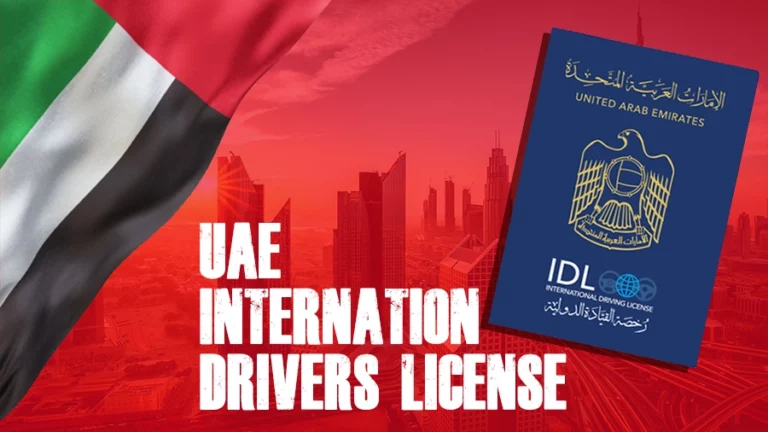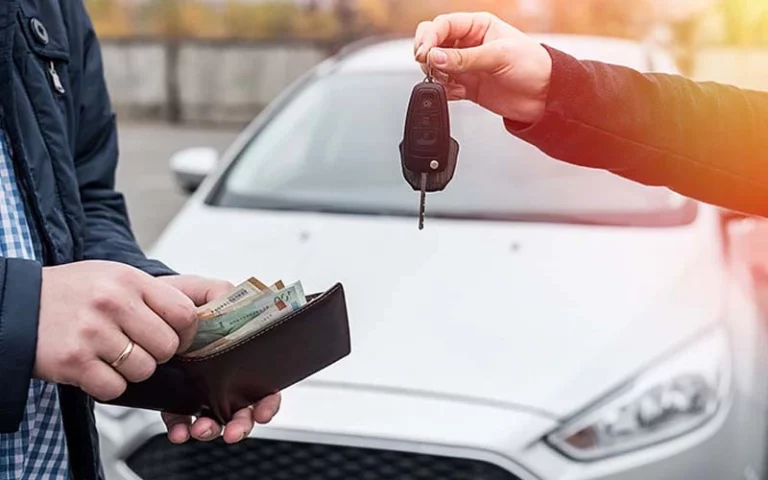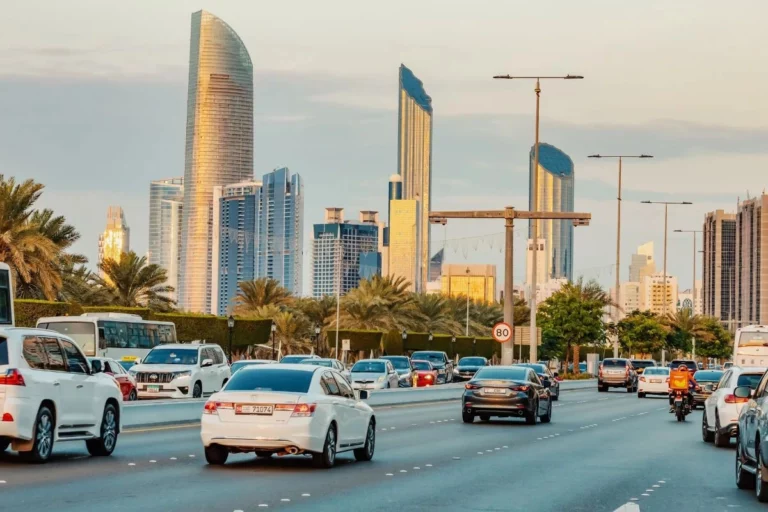
Car insurance can be a complex topic, especially when understanding what types of Car insurance can be a complex topic, especially when understanding what types of damage are covered. One common question many drivers ask is whether their policy will protect them from engine damage.
This concern is particularly relevant for those navigating the roads with a driving license translation in Dubai, where regulations may differ. In this blog post, we will explore the circumstances under which car insurance may or may not cover engine issues, helping you make informed decisions about your coverage.
Understanding Car Insurance Policies
It’s critical to read the tiny print when it comes to auto insurance plans. Each policy can have varying coverage and exclusions, making it critical to read and comprehend your contract thoroughly.
- Some policies offer optional add-ons, such as roadside assistance or rental car reimbursement, which can provide additional peace of mind. It’s also important to know the specific terms of your deductible and how it applies to different types of claims.
- For those with a driving permit translation, it’s crucial to know local regulations that might influence your insurance options. For example, some insurers may require additional documentation or impose specific coverage limits based on the translated license.
- Additionally, many car insurance policies feature what is known as “Named Perils” or “All Perils” coverage. Named Perils policies will only cover the risks explicitly listed in the contract, such as theft or vandalism. In contrast, unless explicitly excluded, All Perils policies provide broader coverage, including unforeseen risks.
By understanding these details, you can better navigate the complexities of car insurance policies and ensure that you have the coverage that best suits your needs. Always get clarification on any questions you may have from your insurance company.
Understanding Different Types of Car Insurance Coverage
Several types of car insurance coverage are designed to protect you from different risks.
- Liability coverage is mandatory and covers damages to others if you are at fault in an accident.
- Comprehensive coverage protects against non-collision-related damages such as theft, fire, or natural disasters.
- Collision coverage pays for repairs to your car following an accident, regardless of fault.
- Medical costs for you and your passengers are also covered by Personal injury protection (PIP).
Understanding these distinctions is crucial, mainly if you use a driving license translation in Dubai, where insurance requirements may differ.
Role of Driving License Translation in Insurance Coverage
A driver permit translation can significantly impact your car insurance coverage if you’re a foreigner and have a license in another language than Arabic. Some insurers may have specific requirements or documentation needs for translated licenses, which could affect your policy terms. Additionally, coverage limits or premiums might vary based on the translated license.
Therefore, having a translation of a driving license is crucial. So, this is a place where Al Rahmaniya becomes very helpful to you. We provide swift and accurate certified Driving License Translation in Dubai of your country-issued license. We are reputable company in the field, providing expert translation services for all of your paperwork, including translations of driver’s licenses. Our translation services are available in over 150 languages.
Engine Damage and Comprehensive Coverage
The purpose of Comprehensive coverageis to shield your car from events other than collisions. Still, it usually does not cover engine damage unless caused by an event listed in your policy, such as a fire, theft, or natural disaster. For instance, comprehensive coverage might apply if a flood damages your engine.
However, wear and tear or mechanical failures are generally excluded. For those with a driver license translation, check local requirements and consult your insurer to understand the scope of your comprehensive coverage concerning damage.
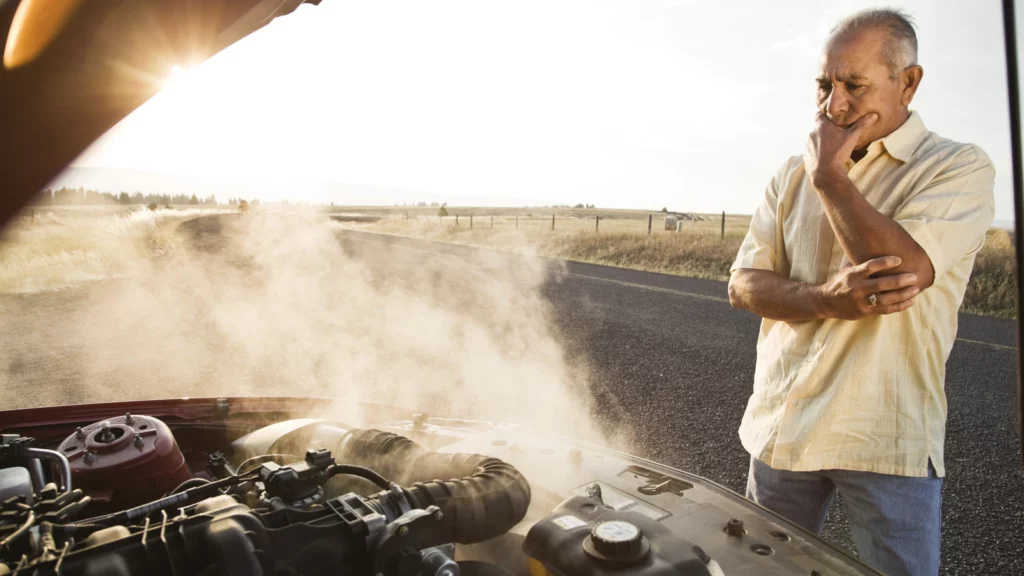
How is Engine Failure Handled by Insurance?
When dealing with engine failure, how insurance handles the situation largely depends on the root cause of the issue.
- If the engine failure is due to a covered peril, such as collision, fire, or flood damage, your insurance may step in to cover the repairs or replacement. For instance, if you’re involved in an accident and your engine is damaged, collision coverage might help pay for the repairs.
- Conversely, most standard car insurance policies will not cover the costs if engine failure results from regular wear and tear or lack of maintenance.
- Some policies might offer optional mechanical breakdown insurance (MBI), which can cover engine failures due to mechanical issues. This type of coverage is more common in newer cars and often comes with its own set of terms, conditions, and exclusions.
- For those navigating insurance with a license translation, local regulations may impact the availability and terms of such coverage. Always consult with your insurance provider to clarify what is and isn’t covered in cases of engine failure, especially if you have a translated license that might introduce additional considerations.
Collision Coverage and Engine Damage
Collision coverage is primarily intended to cover damages resulting from accidents, including damage to your vehicle’s body and components like the engine. This coverage may help pay for repairs or replacement if your engine is damaged in a collision.
However, it’s important to note that collision coverage generally does not cover engine damage resulting from non-collision events or mechanical failures. For those with a license translation, understanding how local regulations influence collision coverage is essential, as insurers may have specific requirements for covering damage under these circumstances.
Exclusions and Limitations in Engine Damage Coverage
Many car insurance policies regarding damage include specific exclusions and limitations that policyholders need to be aware of.
- Typically, damage resulting from regular wear and tear, lack of maintenance, or mechanical failures is not covered.
- Additionally, damages caused by improper use or modifications to the vehicle may also be excluded.
- Another limitation to consider is the depreciation factor. The payout you receive may be adjusted based on the age and mileage of your vehicle, which can significantly reduce the amount covered.
- Some policies also have mileage caps, meaning that the damage coverage might be void if your car exceeds a certain number of miles.
- For drivers using a driver license translation, it’s essential to be aware that local regulations and insurance requirements could impose additional limitations. For example, certain insurers may require specific maintenance records or may not cover vehicles older than a certain age.
Always check the fine print of your policy and consult with your insurance provider to fully understand these exclusions and limitations.
Situations Where Engine Damage May Be Covered
Regarding car insurance, understanding the coverage for damage can save you from unexpected expenses. While many policies have specific exclusions, there are several situations where your insurance may step in to cover the costs. Let’s explore these scenarios to help you navigate the complexities of damage coverage.
1. Accident-Related Damage
If your car is involved in an accident that causes damage to the engine, such as hitting a curb or another vehicle, collision coverage may pay for the repairs. Comprehensive coverage may apply if someone intentionally damages your engine.
2. Theft or Attempted Theft
Comprehensive insurance may cover repairing the engine if your vehicle is stolen and later recovered with damage of engine.
3. Natural Disasters
If your vehicle is damaged by flooding, comprehensive coverage may help pay for engine repairs due to water damage. Damage caused by hail, falling trees, or other natural occurrences can be covered under comprehensive insurance.
4. Fire Damage
Comprehensive coverage may pay for repairs if your car’s engine is damaged due to a fire (whether from an accident or other sources).
5. Mechanical Failure Due to Covered Events
If the engine suffers mechanical failure as a direct result of an accident or an event covered under your policy, such as a collision that leads to engine failure, you can file a claim.
6. Road Hazards
If your vehicle sustains damage to the engine from hitting a pothole or debris on the road, collision coverage may help cover the costs if the damage is significant.
7. Manufacturer Defects (Warranties)
While not technically insurance, if engine occurs due to a manufacturer defect, it may be covered under a vehicle warranty rather than your insurance policy.
8. Roadside Assistance
If your engine fails due to a covered event and you need to call for roadside assistance, specific insurance policies may cover the cost of the service, though this may not extend to repairs.
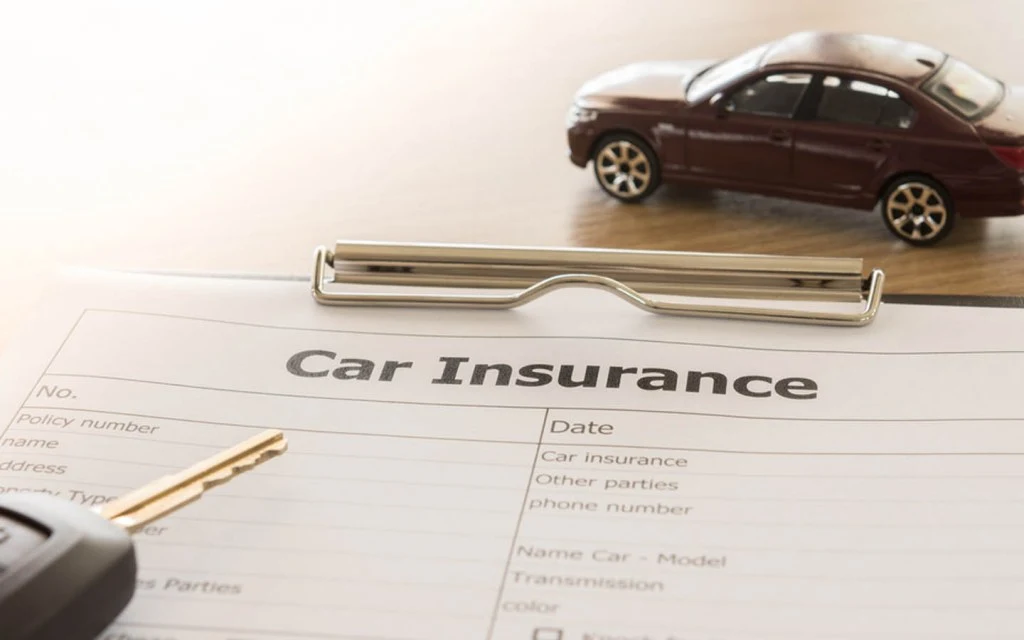
How to File a Claim for Engine Damage?
Filing a claim for damage of engine can feel daunting, but breaking it down into manageable steps can simplify the process. Prompt action and thorough documentation are crucial to ensuring a smooth claims experience. Here’s a guide to help you navigate filing your claim effectively.
1. Assess the Damage
Before filing a claim, assess the extent of the damage and note any visible issues. It may be helpful to have a mechanic inspect the engine to determine the cause and extent of the damage.
2. Document Everything
Capture detailed photographs of the damaged engine, including any relevant areas that show the source of the problem. Collect receipts for repairs, maintenance records, and any other documentation that may support your claim.
3. Review Your Insurance Policy
Familiarize yourself with your policy’s terms regarding damage to understand what is covered and any potential exclusions.
4. Contact Your Insurance Provider
Call your insurance company immediately to report the damage and your intent to file a claim. Inquire about the claims process, required documentation, and any steps you need to follow.
5. Complete the Claim Form
Complete the claim form provided by your insurance company, providing all necessary details about the incident and damage. Include all relevant information, such as dates, locations, and the specifics of the damage.
6. Submit Your Claim
Submit your claim form and any supporting documentation, including photographs and repair estimates. All documentation should be kept on file for your records.
7. Follow Up
Keep in touch with your insurer to check on the status of your claim and respond to any additional requests for information. If you encounter delays, don’t hesitate to follow up regularly.
By following these steps, you can streamline the process of filing a claim for engine damage and increase your chances of a successful resolution. Always document everything and communicate clearly with your insurance provider throughout the process.
Conclusion
In conclusion, engine damage coverage depends on your car insurance type and the cause of the damage. Collision and comprehensive policies may cover incidents like accidents or natural disasters, but wear and tear or mechanical failures are typically excluded. Understanding your policy and consulting your insurer ensures you’re prepared for potential engine repair costs.

